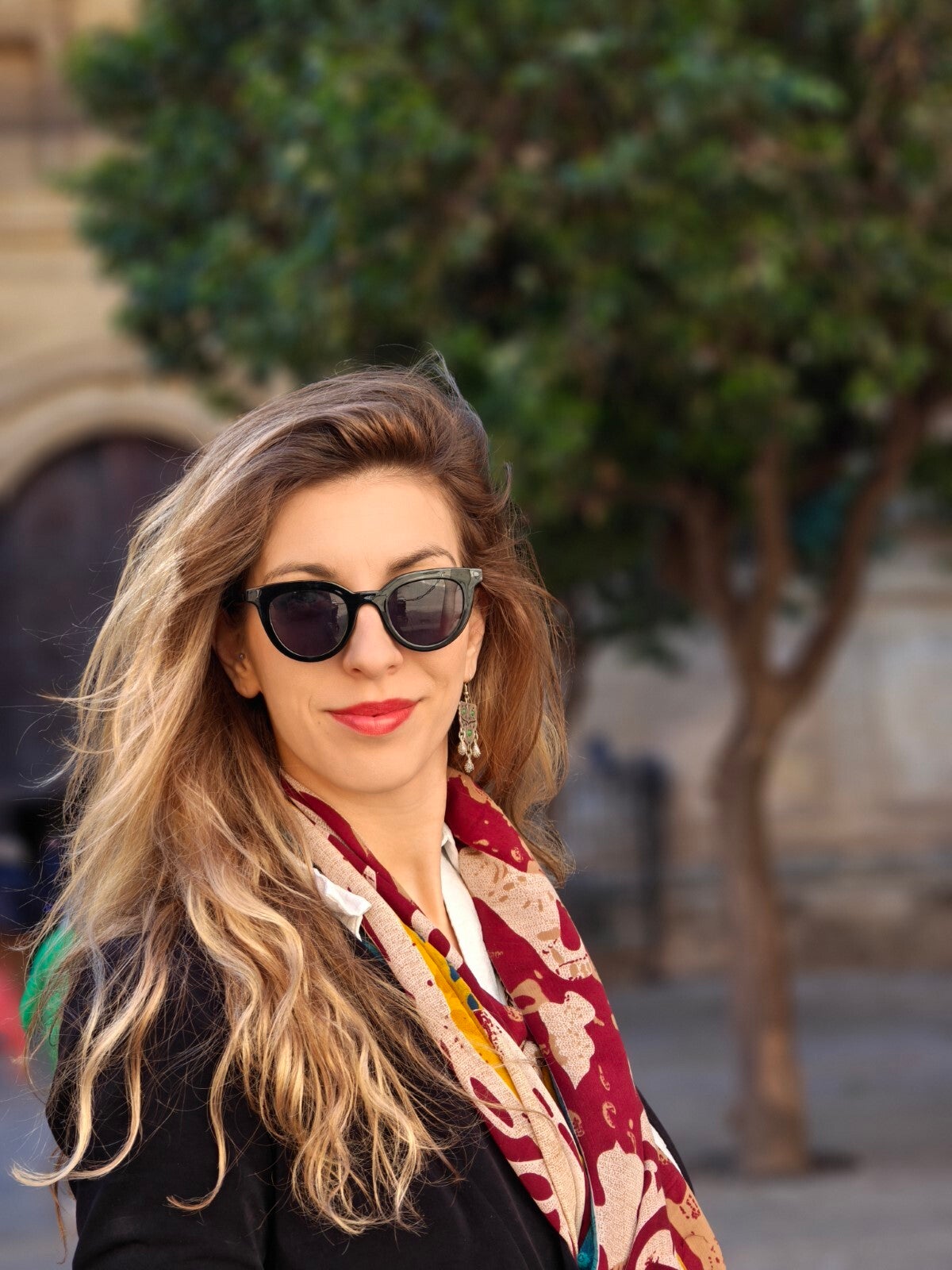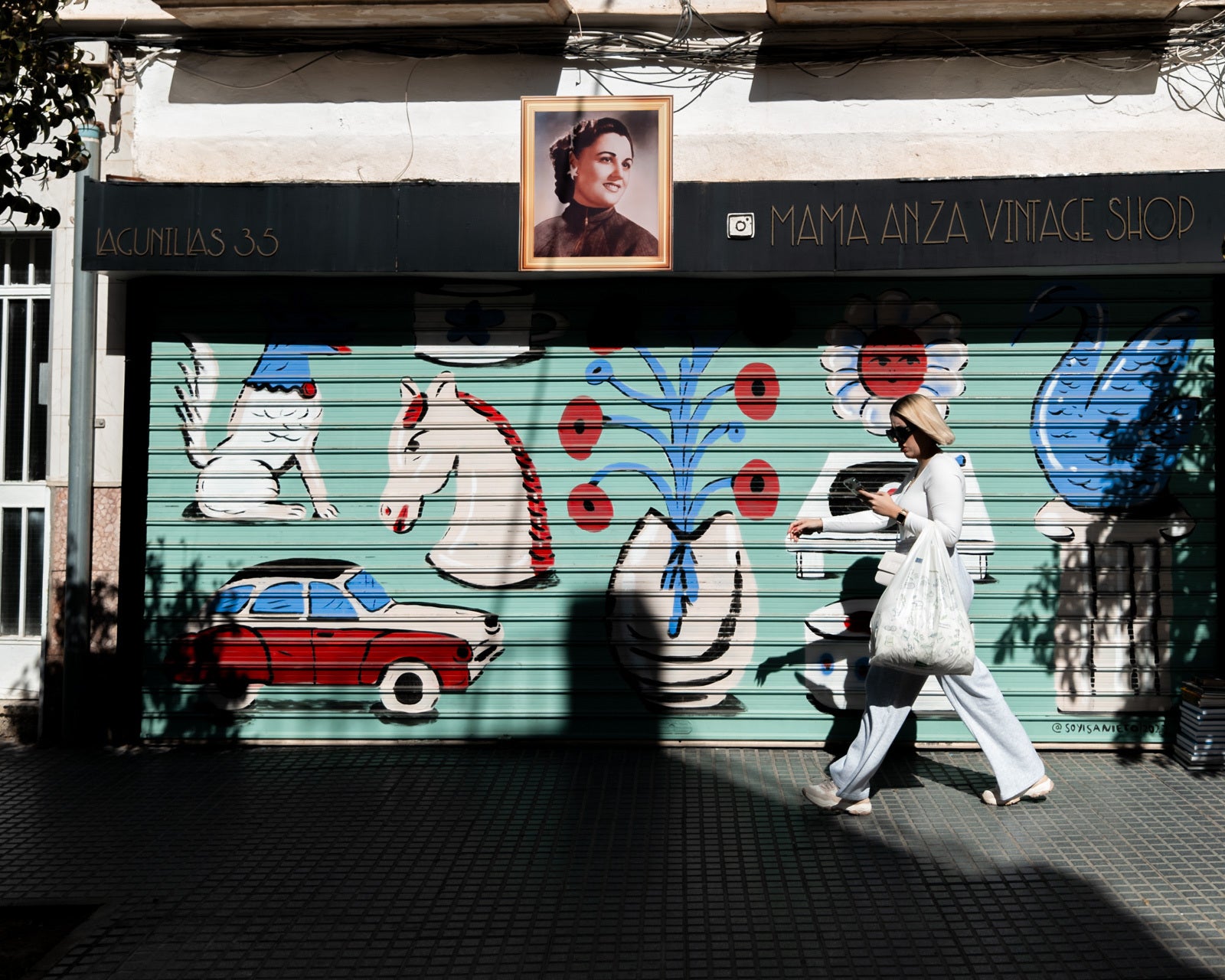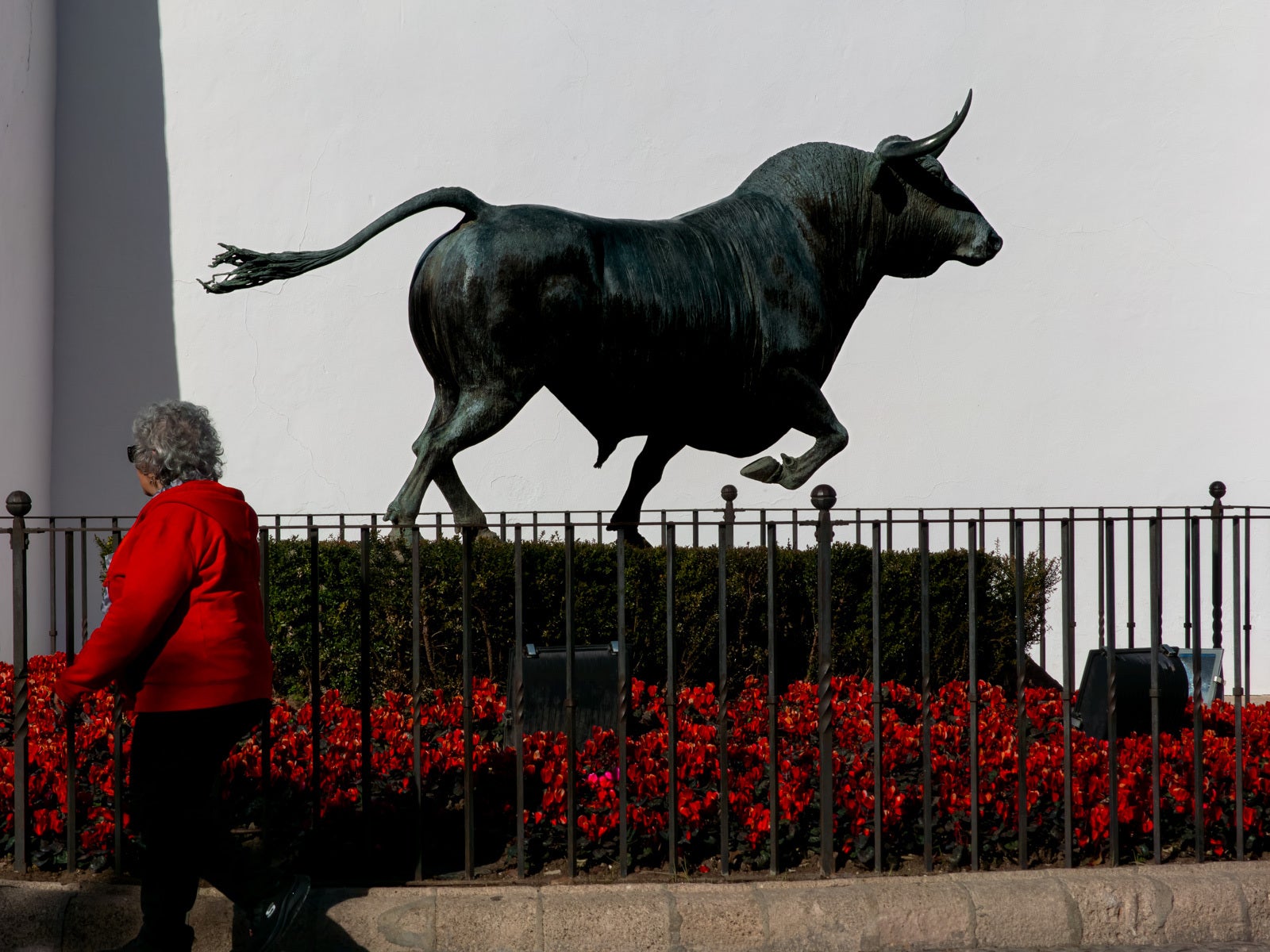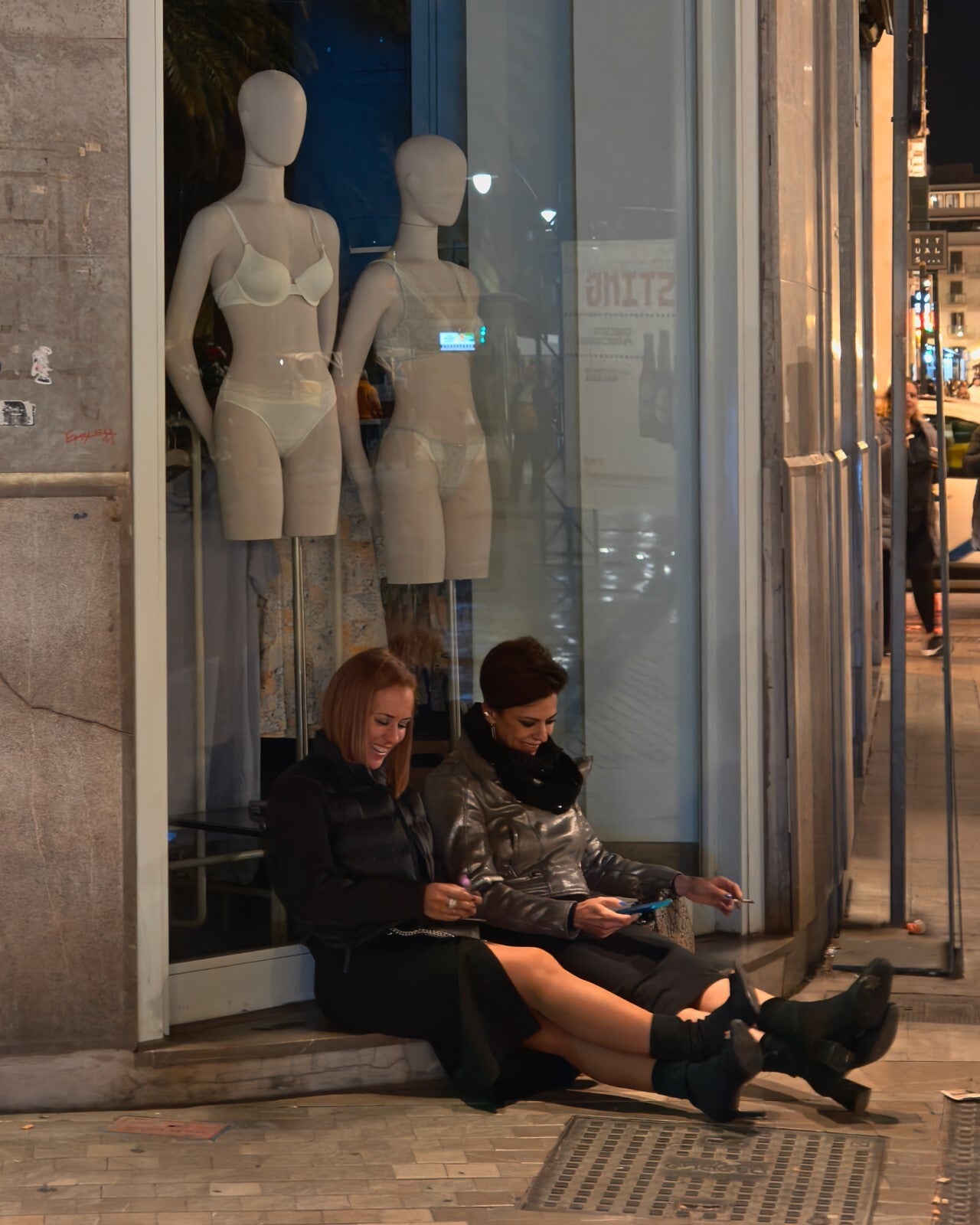The Oppo Find X7 Ultra is a smartphone that has a 1-inch sensor for its main camera, plus two periscope zoom shooters. It’s what I’ll be taking with me from now on. It turns out that the Panasonic TZ200 will be staying at home a lot more…Jump to section


The Panasonic TZ200 (1-inch sensor, 20MP resolution, 24-360mm equivalent focal length)
A 1-inch sensor can boost mobile photography significantly by enhancing image quality, especially in low-light conditions: as a rule of thumb (being physically larger), it captures more light and thus the images from it are clearer, and not as “noisy” (grainy).
Also, it allows for a shallower depth of field portraits – a bokeh that’s natural and doesn’t rely on AI. Finally, improved dynamic range and better color reproduction are also expected.
Putting 1-inch sensors in phones is a relatively new phenomenon – this format hasn’t made its way to the iPhone Pro line. Neither the Galaxy S Ultra flagship and the Pixel Pro pack such a sensor (in 2024).
However, brands like Oppo, Xiaomi and vivo (since 2022) have manufactured phones that utilize either the 1-inch Sony IMX989 sensor or its successor, the LYT-900.


The Oppo Find X7 Ultra also packs a 1-inch sensor (for its main camera)
- LYT-900: main camera, 1-inch sensor, f/1.8
- LYT-600: ultra-wide, 1/1.95-inch sensor, f/2.0
- IMX890: 2.8x (65mm) periscope optical zoom, 1/1.56-inch sensor, f/2.6
- IMX858: 6x (135mm) periscope optical zoom, 1/2.51-inch sensor, f/4.3
For context, the latest maxed-out flagship from Xiaomi – the Xiaomi 14 Ultra – offers a similar quadruple camera setup on its back. It packs the same 1-inch LYT-900 sensor for its main camera (there’s a variable f/1.63-f/4 aperture available as well).
The difference (on hardware level) is that the rest of the Xiaomi 14 Ultra‘s cameras (an ultra-wide, and two dedicated zoom snappers) all pack the smaller (1/2.51-inch) Sony IMX858 sensor. On the other hand, the Xiaomi’s lenses are “brighter” (with larger f/ numbers), which brings me to my next point.
There’s a cost to the TZ200’s bundle: 15x optical zoom, 1-inch sensor, pocketable form-factor. The lens is very dim at f/3.3-f/6.4. This means that it’s a pain to shoot in the dark – with those aperture numbers, the ISO goes up and the image quality degrades.
Also, due to its design, the lens is (literally) not the sharpest tool in the shed (at the long end of the zoom range). Sure, there are 1-inch sensor cameras with great zoom and brighter, sharper lenses, but they’re not pocketable. Which is a dealbreaker for me.
What are the drawbacks and limitations of using the Oppo Find X7 Ultra as a casual travel photography machine? Can I replace my beloved and cherished Panasonic TZ200 with a flagship that packs a 1-inch sensor, and has not one, but two dedicated zoom shooters?
After meditating on these profound questions, I got myself a plane ticket to South Spain and brought along both of this article’s leading characters.
How this comparison is conducted
As this isn’t the typical “phone vs. phone” type of comparison review, I’m not going to talk about chipsets, RAM, performance and the overall feel of the Oppo Find X7 Ultra.
Due to the fact that its lens protracts and retracts all the time, dust gets on the sensor. If you see some nasty black spots in the sky, don’t be alarmed. I haven’t “cleaned” them in Lightroom on purpose for this comparison – “it is what it is” and if one of the cameras has built-in flaws, I’m not hiding them.
The JPEGs from the Oppo, apart from some minor cropping or micro-rotating, are untouched – SOOC (Straight Out Of Camera).
For the RAW vs. RAW comparison, I tried to bring the best out of both devices without obsessive edits in Lightroom. I used Adobe’s presets, slightly boosted saturation, contrast, clarity and I toned down the highlights and revealed the shadows where needed.
*I’ll explain that in the first comparative example in a second.
Day 1, Malaga: A sunny city starts the friendly rivalry
Malaga’s Costa del Sol (literally “Coast of Sun”) region didn’t get its name out of the blue – locals enjoy over 320 days of sunshine per year. I can confirm that. What this means for photography is that at noon, when the sun is at its highest in the sky, you’ll have a hard time figuring out how to avoid the harsh shadows and contrast. Unless you have a particular concept in mind, avoid shooting too much – especially portraits – at noon.
The first “Vs.” photo is from the “JPEG vs. RAW” category – meaning that I’m comparing the Oppo’s JPEG file to the Panasonic’s RAW file. Unless stated otherwise, you can assume the next examples are also “JPEG vs. RAW”.
The photo is taken right outside the Booking apartment. The balconies on the left were decorated with flamenco dresses and a church is in proximity. Nothing to write home about, but the bricks’ texture on the church is a tad clearer on the Oppo. Also, the shadows are “cleaner” on the smartphone, meaning that they aren’t as noisy (grainy):
For the sake of simplicity (and my mental health), from now I’ll just state the focal length’s number without the whole “equivalent focal length” thing.
Now, an important clarification. If you’re interested in the Oppo, you may have stumbled across the information that it has a 3x (72mm) optical zoom camera, which just isn’t so. Technically, it’s a 2.8x (65mm) optical zoom camera:
- When shooting in the “regular” photo mode, you’re at 3x (72mm);
- When shooting in the “Master mode” (later on that), you’ll be at 2.8x optical zoom (65mm);
So, if I say the “3x zoom camera”, you shall not report me to Dongguan (Oppo’s headquarters), but you’ll know I’m referring to the 2.8x optical zoom camera. Okay? Great.
Next, we’re at a 1925 building that belongs to the trend of Malaga’s local eclectic regionalism, born as an alternative to modernism. While these are extremely similar at 3x (Sony IMX890, 1/1.56-inch sensor), I consider the Panasonic’s image to be somewhat more “relaxed” and natural. The Oppo, on the other hand, is overdoing it (too HDR-y look, punchy colors that distract and textures that evoke the “phone-ography” look):
However, the Oppo blows the Panasonic out of the water once I zoomed out to 23mm and the phone switched to the main camera (Sony LYT-900, 1-inch sensor) for the same building:
Here, David slayed Goliath in terms of sharpness and clarity. In return, whatever the TZ200 lacks in detail, it compensates in terms of color. The hue on the Oppo is just off in this example (it’s too “cold” and green), and this problem is about to deepen in the upcoming test shots:
An extremely important PSA: apparently, the Oppo utilizes the 3x camera for 6x shots in some cases. Yup, you may set the focal length at 135mm, but the phone can choose to deliver a crop out of the 3x camera resembling the 6x camera.
If in doubt, here’s a hint on how to tell which camera produced which shot: you just have to look at the f/ number (the lens’ aperture). Here’s how to tell them apart:
- If a photo is taken at f/1.8, it’s from the main camera;
- If a photo is taken at f/2, it’s from the ultra-wide camera;
- If a photo is taken at f/2.6, it’s from the 2.8x (3x) periscope telephoto;
- If a photo is taken at f/4.3, it’s from the 6x periscope telephoto;
Here’s an even clearer example of the Oppo’s tendency to shift colors and throw the white balance off. Luckily, this can be fixed in a few clicks in post-processing. These photos are shot at 300mm, which is remarkable – the Oppo’s digital zoom is doing better than the TZ200’s optical zoom apart from the hue deviation:
Time for a portrait. Yup, the sky’s already high and the conditions aren’t perfect, but if there’s a will, there’s a way. And, oh, boy, does the Oppo deliver! This is using the 3x camera, it’s a SOOC (Straight Out Of Camera) JPEG file with no edits whatsoever. It’s shot in Portrait mode and the custom bokeh isn’t even maxed out:


Portrait mode, 3x
Next, let’s check what Pennywise from Stephen King’s It is up to. Here, the main camera on the Oppo is doing better, but that’s just my opinion:
Okay, time for a RAW vs. RAW comparison. I’m testing the main sensor on the Oppo again in a nasty situation – difficult textures on a shadowy wall with harsh sunspots all over it. The colors on the Oppo are a bit washed off, but (again) the image is sharper and clearer:
Once again, we’re looking at the wall. I’m using the 6x telephoto in RAW (and I set the TZ200 to the corresponding 135mm focal length), edited to taste. While it’s an overall draw, the phone produces images with less noise:
You can’t see what I mean by “less noise”, so here’s a 150% magnification. Notice the dark areas:
If you think that the secondary dedicated telephoto – the 6x optical zoom camera – is useless, think again. Here’s what 135mm can get you, compared to the 72mm focal length:
…and here’s why you shouldn’t simply crop out of the 3x. Behold what the 6x gets you when cropped:
Another RAW comparison. Here, I’m testing Oppo’s 3x and 6x cameras. The tendency is official – the Oppo does throw the white balance off, especially with the 6x unit. Notice the cathedral’s color. The TZ200, while producing relaxed images that are easy on the eye, continues to get wrecked in terms of clarity and sharpness:
Time to recover some highlights. While at the Picasso museum (housed in the 16th century Buenavista Palace), there was a man enjoying the sun in the courtyard. I took a snapshot, but the Oppo didn’t meter the exposure correctly and the highlights on this JPEG were blown. Luckily, I was able to recover them in Lightroom to a degree:
At Malaga’s seaport, I’m testing the main camera and the 6x telephoto (RAW files again). Even in a clear, sunny day, the TZ200 images are noisy (the ISO is as low as it can get on the camera – ISO 125):
Since the cathedral is far away from the port and 135mm just doesn’t seem enough to bring it up in the above example, I resort to the Oppo’s 221mm digital zoom. In perfect conditions like these, it’s doing better than the Panasonic’s optical zoom, which is stunning:
Here’s a closer look at 150% magnification:
Malaga has many rooftop bars, which is a blessing from above (pun intended) for all zoom aficionados. The church of Santiago Apóstol that combines Christian, Islamic and Baroque elements can be seen from above, and it drew the attention of my 6x telephoto. However, here the TZ200 scores a point with its natural, balanced image. It’s not just that the colors are off on the Oppo, notice the shadows and the way the light gradually enfolds on the cupola:
Let’s place some bets. Which of the following pictures is taken with the Oppo, and which one – with the Panasonic? I’m labeling the photos either “A” or “B” and it’s up to you to tell if “A” (or “B”) stands for “Oppo” or the dedicated camera.
Write down your guess, and the answer will be disclosed in a few days:
Day 2, Ronda: The Oppo gets ahead
As early as the start of the second day, the Oppo had become my weapon of choice, and the Panasonic was taken out exclusively for the comparison shots. Everything else was shot on the smartphone. The first RAW comparison for the day: an element of the parish church of Socorro (Parroquia de Nuestra Señora del Socorro, a name it has retained despite the demolition of the old church in 1936 by socialists in the Spanish Civil War). The 3x camera (actually, it’s a 2.8x optical zoom, remember?) is doing just fine, but I expect nothing less:
Next, a scenic square with a bust of Francisco Giner de los Ríos (an influential philosopher, educator and intellectual at the end of the 19th and the beginning of the 20th century) is perfect to RAW-compare the 1x, 3x and 6x cameras on the Oppo (and to check out how the 10x is doing). The Oppo didn’t meter correctly here, so I had to spend twice as much time retouching those photos, compared to the nicely lit shots from the TZ200:
Another great spot for a similar comparison is the Arco de Felipe V (or Felipe V arch), part of the city walls of Ronda. If you can believe it, it’s named after the king of Spain Philip V (1683 – 1746).
Anyway, here are the slightly edited-to-taste shots from RAW files at 1x, 2x (that’s just a crop from the 1x camera, but it’s great), 6x (and then some: I’m going all the way up to 10x, then 15x (360mm), and just for the kicks – 617mm on the Oppo, equivalent to 27x digital zoom).
The Oppo had issues with the exposure metering once again, sometimes darkening the image by almost two stops, but the end result is fine:
Back to Malaga for a quick night shot. I’m extremely reluctant to take the TZ200 out, and here’s the reason (RAW files, main camera):
Day 3, Granada: The rivalry is no longer friendly
By the third day, I didn’t feel like taking out the point and shoot at all, but snapped a few shots here and there for this article’s sake.
We’re in Granada, and the sky is cloudy. While for tourists this is “not great, not terrible”, as they said in the Chernobyl HBO series, an overcast scenery is perfect for the comparison review – you can’t have sunny days all the time, can you? Unless you live in Costa del Sol…
At Alhambra, the world-famous palace and fortress constructed between 1238 and 1358, there’s a nicely trimmed hedge with the palace’s gardens peeking through. The Oppo is once again struggling to decide what the correct white balance is (RAW files, main camera):
I knew I was going to get a sharper shot from the Oppo’s 3x camera in this RAW comparison:
Fun fact: I was hoping that the 3x Oppo camera would be impressive, but I was dismissive of the 6x telephoto initially. Boy, was I wrong! Anyway, here’s what the RAW 6x file looks like:
…and here’s a 100% crop of the same images:
Another view from Alhambra (3x telephoto) and the key takeaway is that you’ll have to learn to live with the Oppo’s (slightly) thrown off color palette, as the Panasonic’s shot is closer to the actual scene:
After spending a wonderful time in Granada (and having some seriously delicious oxtail croquettes), it’s time to visit the seacoast once again – here’s Nerja and Nerja’s Balcony of Europe that offers a nice view over the Mediterranean Sea (RAW, main camera):
Day 4: Zero pictures from the TZ200
On the fourth day, the Panasonic wasn’t taken out at all.
I didn’t even put it in my pocket, as usual – I took out the SD card and put it in my backpack. You know, if your backpack gets lost or stolen, you don’t lose your photos as the SD card is in your wallet, for example. If you lose your wallet while abroad, I’m out of advices to give.
So, since no comparisons were made that day, it’s better to mention the Oppo’s Master Mode, as promised earlier.
The Master Mode is calibrated to match the characteristics of the Hasselblad X2D 100C, an $8200 medium-format beast of a camera. Putting aside that pipe dream claim, the Master Mode is extremely useful – you have all the advanced camera controls like manual ISO, shutter speed, EV, focus, and white balance at your fingertips. Master Mode also unlocks saturation, contrast, sharpness, and vignette control when capturing JPEGs.
I’m not too crazy about macro photography, but here’s (in the example above) the 3x telephoto in Master Mode at its minimum focusing distance – the mini-cracks on the plane acrylic window look really charming. When at its maximum focusing distance, the imperfections sort of disappear.
What’s the moral of the story? You can shoot through dirty, greasy, cracked or frozen windows.
Notable Oppo Find X7 Ultra photo samples
Below are some notable examples of the Oppo Find X7 Ultra – these are my personal favorites!


Oppo’s 1x
Remember when we talked about how the harsh noon sun is the most terrible natural light available out there? Yup, but harsh light equates to deep shadows… and deep shadows are fun to play with.
I love high contrast street photography in color like the examples both above and below – they’re shot on the Oppo’s main camera, utilizing the 1-inch Sony LYT-900 sensor.


Oppo’s 1x
The phone’s 6x optical zoom telephoto is not just useful for reaching distant objects. The telephoto compression (where distant objects appear closer and more compressed in the frame) enhances the sense of depth and scale:


Oppo’s 6x
The 3x telephoto and its huge (for a telephoto) 1/1.56-inch sensor is extremely useful at night. This is a JPEG file, SOOC (Straight Out Of Camera), meaning that it’s not been retouched:


Oppo’s 3x
Let’s check out some more photos from the Oppo Find X7 Ultra!
The Oppo delivers: JPEG (SOOC (Straight Out Of Camera) gallery
The Oppo shines: RAW (edited to taste) gallery
Final food for thought – yes, it’s capable enough!
For me, the Oppo Find X7 Ultra is a capable enough standalone camera for everyday use, casual trips and everything in between.
If I can make calls and send messages (and do whatever one does on a smartphone) on it, that’s even better!
Oppo Find X7 Ultra Pros:
- Main sensor: phenomenal picture quality
- Zoom: extremely useful dual telephoto periscope cameras
- Reliablefocus system: very few misfocus situations
- Great battery life: also, it’s charging really fast
- Gorgeous screen: looking at that thing takes you on cloud nine
- Night timeshots: I don’t care if there’s any light available
- Clean images: the way the Oppo handles high (and low) ISO is remarkable
Oppo Find X7 Ultra Cons:
- Availability: come on, Oppo, release that thing world-wide!
- White balance: yup, it’s off most of the time and things can get too blue/green
- Overdoing it: the phone can’t completely get rid of that “smartphone-photography” look and sometimes applies too much clarity and contrast
That’s in no way to say that the Panasonic TZ200 is a bad camera. You already know its shortcomings, so here’s what I like about it:
- It’s compact (for a dedicated camera)
- It extends to 360mm (though I rarely use that, it’s still nice that )
- I wouldn’t hesitate to take it to a sports game (10fps)
- If the stars align (and the light is perfect), it can produce stunning images
Will I throw my Panasonic TZ200 to the lions now that I’m using the Oppo Find X7 Ultra? No, not a chance.
Will I take the TZ200 out with me as often as I did until now? No, not a chance.It will be used way less.
Anyway, here’s the Oppo’s 6x optical zoom (135mm) telephoto going to 30x digital zoom (673mm). I’m looking forward to the day when I’ll be able to see what’s inside those containers on the ship from my plane at 38,000 ft (11,5 km) altitude.
#photos #Spain #phone #dedicated #camera #redundant #COMPARISON


